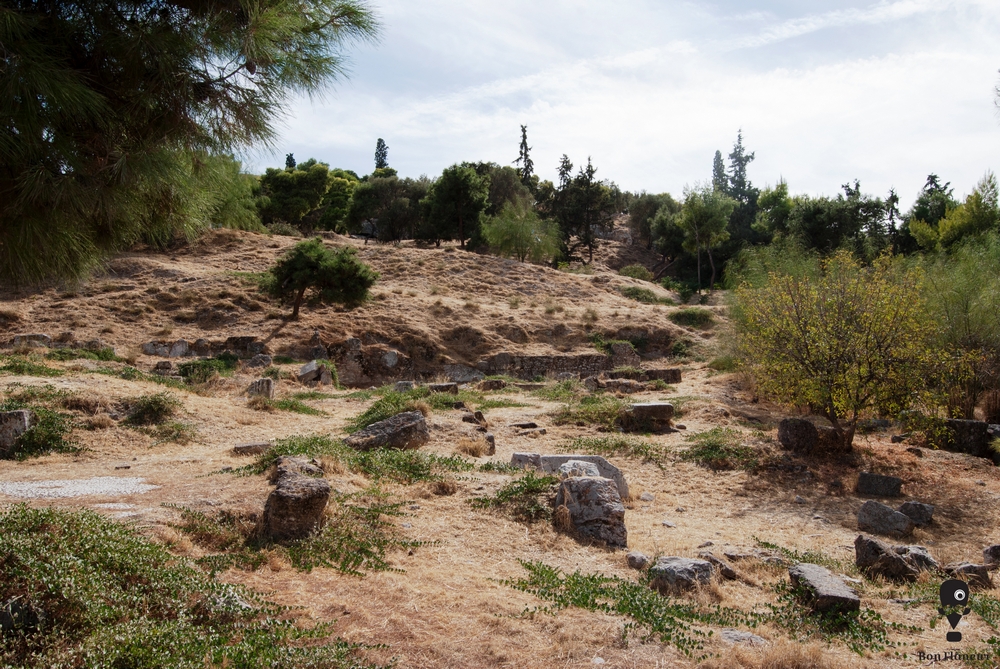Ancient Agora
The archaeological site of the Ancient Agora was the most central area of ancient Athens.
Location
Timeline
Modern and Contemporary era (1821 - )
1931 Beginning of the excavations by the American School of Classical Studies, which are still ongoing.









Share